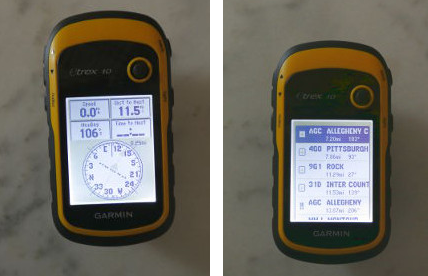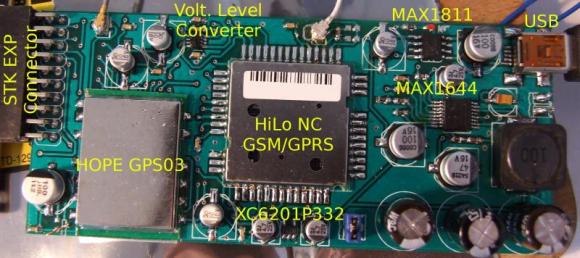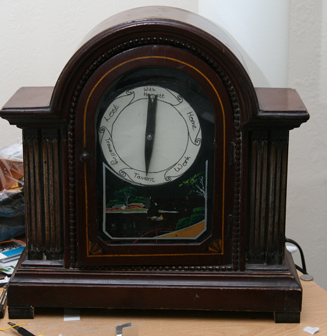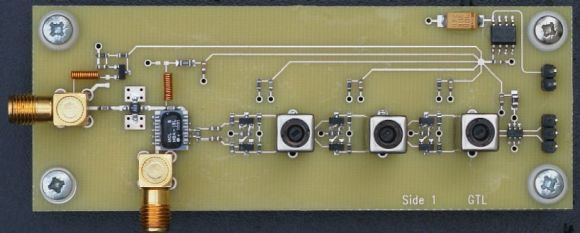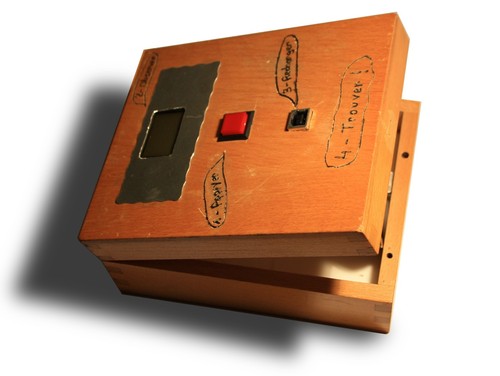
How small is it? Two things should give you a good sense of scale, the SD card slot on the lower right, and the slide switch on the upper left. This minuscule module is an all-in-one GPS logger which [J3tstream] built.
Main system control is provided by a Teens 2.0 board. If you look really closely you’ll see the SD card slot is actually a breakout board which mounts on top of the Teensy’s pinheaders. Also on the board is a PA6B GPS module with a few passive components to support it. The back side of the board hosts a Lithium Ion battery from an old phone. Note the mangled pin header which works as connectors for the battery. [J3tstream] even built a charger into the project. He’s using an LTC4054 chip to handle the charging. We were a bit confused at first because we didn’t see a way to connect external power. But he goes on to explain that the USB port on the Teensy board is used for charging. Just plug in USB and press the button to get things started.

